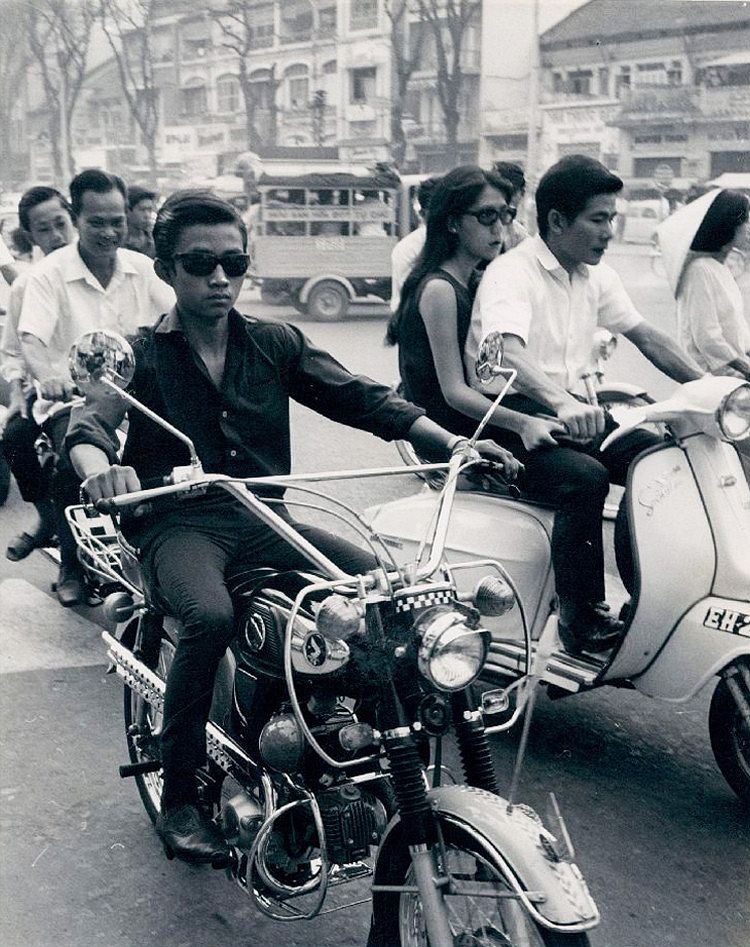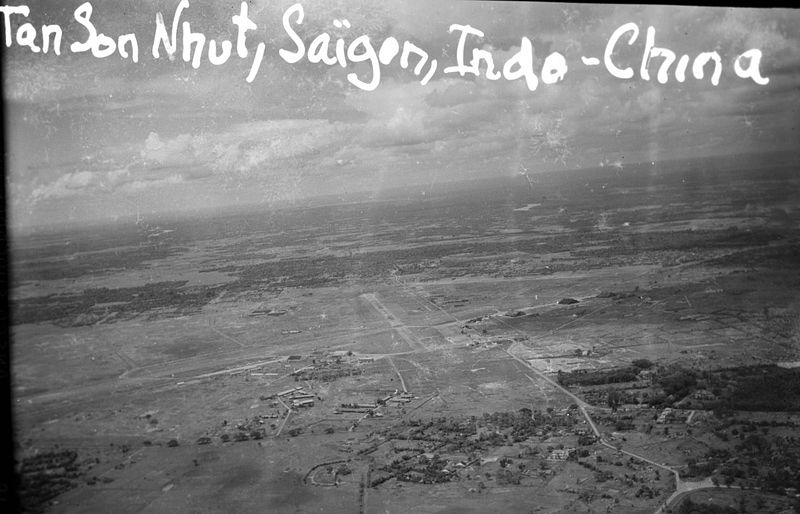Large markets have been the cornerstone of many Vietnamese neighborhoods for over a century. When Saigon was still a collection of small towns, central markets acted as vital commerce centers where locals sold everything from tomatoes to blankets. While the dynamics of shopping in Vietnam have changed a great deal over the last 20 years, these markets still serve as important commercial arteries, especially outside of District 1. In this series, we’ll take a closer look at the history of these important buildings starting with the big boy, Ben Thanh Market.
Let’s start with the etymology of Ben Thanh. Before the arrival of the French, Saigon was a sleepy, river-side fishing town, centralized in the area around Nguyen Hue Street. It was here that traders from nearby hamlets would come by boat to sell their wares along the Ben Nghe (now Saigon) River. Around this time, Emperor Nguyen Anh, who founded the Nguyen Dynasty, was fighting a bloody war with the ousted Tay Son Dynasty for control of Gia Dinh (Saigon’s pre-colonial moniker).
The town changed hands multiple times until Nguyen captured it for good in 1789. To solidify control, Nguyen successfully petitioned French priest, Pierre Pigneau de Behaine, to help build the Citadel of Saigon (which we’ll get to in a later piece). It is the combination of words Ben (harbor) and Thanh (town/citadel) that the market gets its name current name.
Originally built in the early 1800s along the Ben Nghe River, the market was extremely busy and hundreds of boats, bobbing around in the harbor, combined to create a floating market. Operations continued here through the Le Van Khoi Rebellion (1833 – 1835) but hostilities made the area unsafe, resulting in many fewer shoppers.
When the French began their occupation of Gia Dinh in 1859, the market was burned to the ground as was much of the city. After consolidating power, the French rebuilt the market on Nguyen Hue Street which, at the time, was a canal. This location, surrounded by canals on three sides, allowed small boats to easily pull up and drop off their loads. Unfortunately, the materials used to build the market were quite flammable and it burned down in 1870. Rebuilt with better materials, the market endured the French decision to fill in the surrounding canals (which became the major streets near the water) but eventually fell into a state of disrepair and was torn down in 1911.
The French administration decided to build a new, sprawling market in the pond next to the newly constructed My Tho train station where it continues to stand today (the train station was moved to District 3 around 1975). The new market, built by French contractor, Brossard et Maupin, was completed in 1914. More than 100,000 people came out to enjoy the celebratory parade and fireworks. The market operated continuously until 1985 when it underwent a major renovation.
While the market itself hasn’t changed much in the last 100 years, the surrounding environment has. Some of the more significant changes include the relocation of the train station, dismantling of the street car system and the removal of the pedestrian walkway.
Another significant change could be around the corner as the city debates whether or not to continue the night market.
Since the market is 100 years old, we knew it had a long history. We just didn’t expect it to be this interesting!
Now it's time to enjoy some old pictures!
As always, if you have any additional information to add to the story, let us know!














